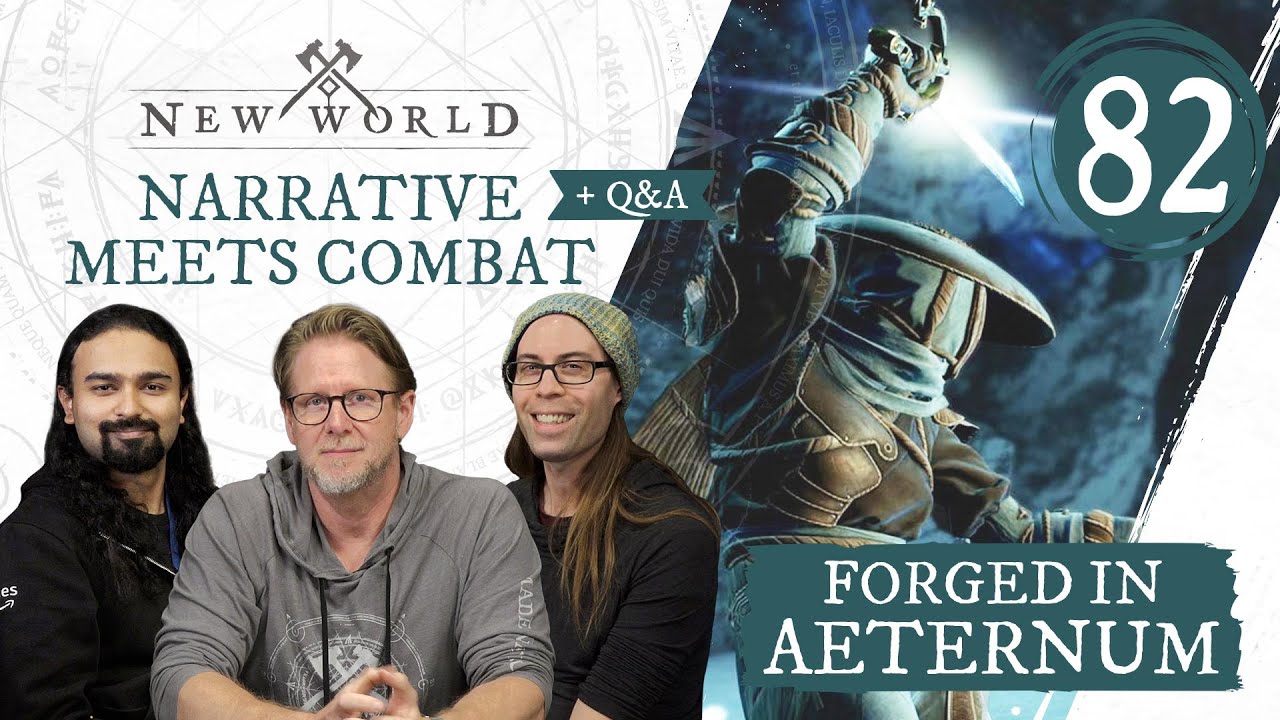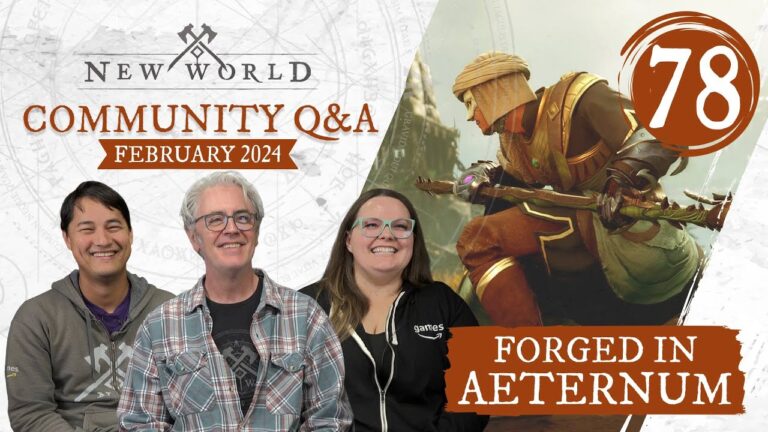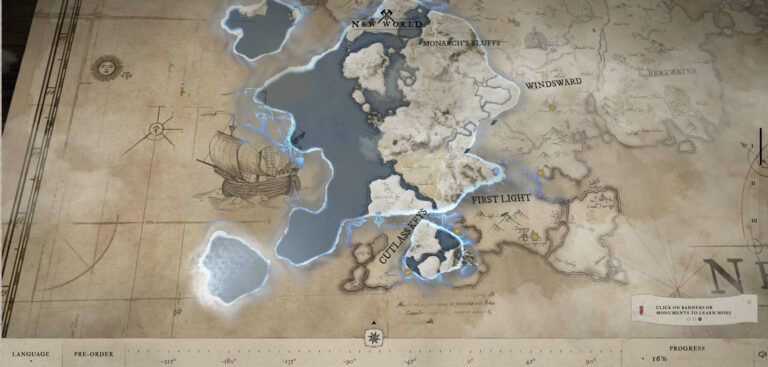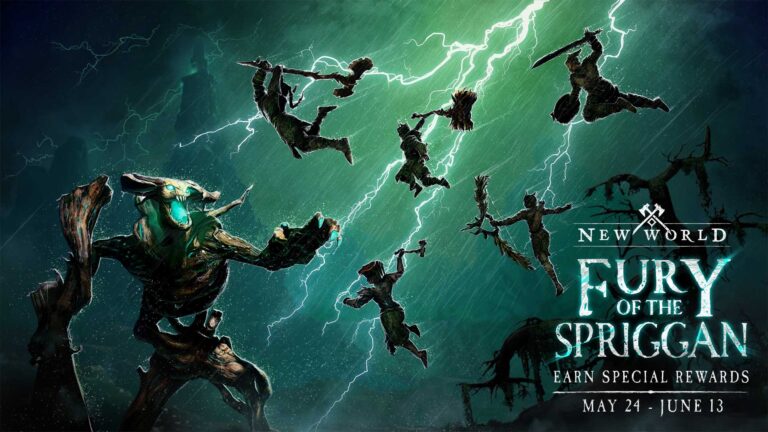New World Discusses Enhancing Player Experience Through Story-Driven Solo Trials

In the latest episode of Forged in Aeternum, titled “New World: Forged in Aeternum – Narrative Meets Combat,” hosts discussed the integration of narrative and combat in New World. Rob Chesney, alongside Krishna Thiruvengadam, AI Combat Designer, and Lula Lucent, Senior Narrative Designer, explored how the game melds story elements with gameplay, particularly focusing on Solo Trials.
A key point raised during the discussion was the current limitation on replaying Solo Trials, a feature the community has expressed interest in. These trials, which are single-player content blending story and combat, are currently one-time experiences. The suggestion from the community is to allow for replayability with scalable difficulty and rewards, aligning with players’ desires for challenging and rewarding content.
Krishna and Lula provided insight into the development of Solo Trials, starting with the example of Brimstone Sands. This area introduced a new standard for integrating narrative with gameplay, offering players significant story moments coupled with unique combat challenges. The discussion highlighted the design philosophy behind these trials, aiming to provide meaningful solo experiences that are rich in narrative.
The episode delved into specific trials, such as the fight against Brother Umberto in Brightwood. This particular trial was designed to reflect the game’s lore, showing the character’s transition and adding depth to the combat experience. The use of Heart Gems was also discussed, illustrating how these elements serve both as narrative devices and gameplay mechanics, adding layers to the game’s world and the player’s role within it.
Future content and the possibility of making Solo Trials replayable were addressed, acknowledging community feedback. While there’s interest in expanding these features, considerations around balance, narrative integrity, and technical feasibility are factors in the decision-making process.







